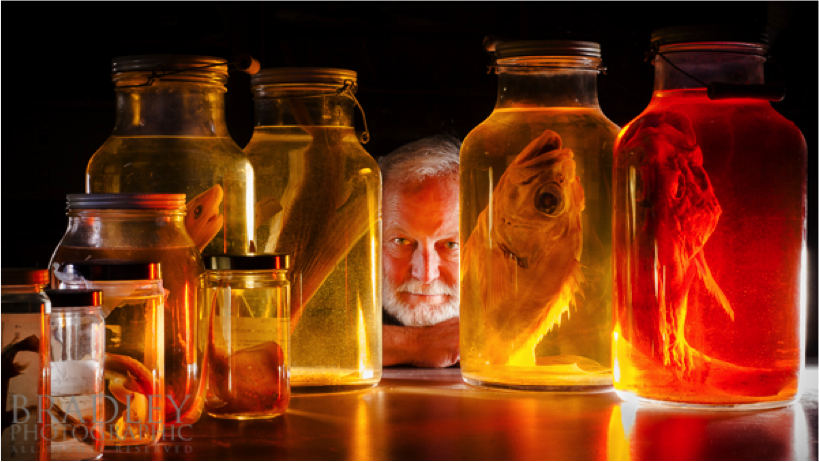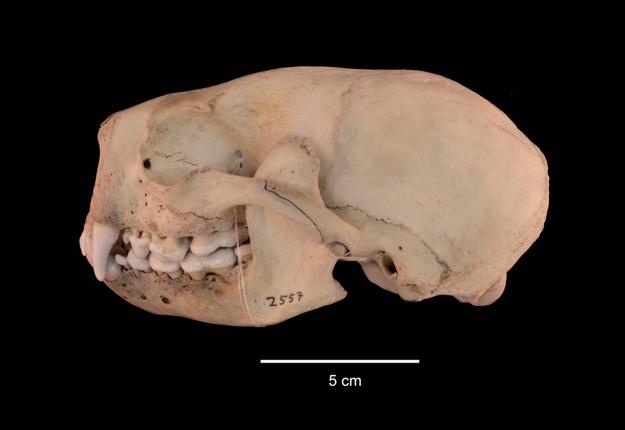For over 50 years, Moss Landing Marine Laboratories (MLML) has maintained a marine biological museum collection of vertebrates (including marine mammals, birds, turtles, fishes, and sharks, skates, and rays), invertebrates (such as deep-sea crustaceans, echinoderms, and polychaetes), and an herbarium collection of seaweeds (kelp and other marine algae). Specialized collections include a collection of sea otter skeletons, considered one of the largest in the world, a unique collection of fish otoliths, the Global Kelp Archive, and a small but unique collection of otoliths obtained from predators in a museum to meet the research and teaching needs at MLML. These collections represent a thorough sampling of specimens from the Monterey Bay, the California coast, the northeastern Pacific Ocean and, in the case of the kelp collection, the entire world. Growth of the collections and activities of MLML scientists and students has increased the research value of these collections.
The MLML Museum houses many specimens of birds, mammals, turtles, fishes, and invertebrates. In addition, it contains a herbarium collection of marine macrophyte (algae and plant) pressings. The collection contains at least 11,000 accessioned biological specimens, with ~75% housed in research collections and ~25% in teaching collections This is a unique collection focusing on the biota of the Monterey Bay, collected during the last 50 years. It represents a thorough sampling of the flora and fauna of Monterey Bay and the larger sub-tropical and temperate northeast Pacific region (Baja California, California, Oregon, and Washington).
The specialized geographic and taxonomic areas represented by this collection are under significant environmental pressure due to increased hypoxia and ocean acidification and warming. These collections represent the history and biodiversity of these ecosystems and organisms. Thus, these specimens, collected over a period of more than 50 years, are of great import for research as diverse as tracing change in resource availability over time in a central coast estuary, analyzing the impact of mercury pollution on seabirds, or examining the genetic diversity of sea otters, to give only a few examples of the important research and educational value of this fragile collection.
Dr. Greg Cailliet, the former Ichthyology professor at MLML was intimately involved in the collection and cataloguing of many specimens of fishes that were placed in the museum. Greg is pictured on the left in the museum as photographed by Jason Bradley. Greg wrote a very thorough review of the museum as a blog for the MLML 50th Anniversary. If you are interested in more details about the history and collections in the MLML museum please take a look at his blog.
We are in the process of photographing all the specimens in the museum so that they can be presented on the website. This will allow potential researchers the ability to view the condition and size of the specimens as they determine whether a visit to MLML is warranted. The photo on the right is that of a Southern Sea Otter skull. MLML has one of the largest collections of sea otter skeletons in the world.



